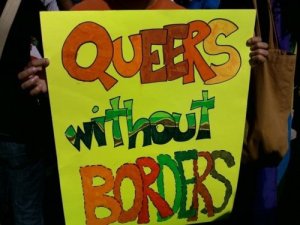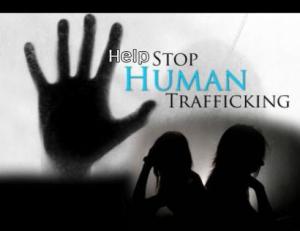Five Centuries of Prostitution in the Caribbean by Kamala Kempadoo

Kempadoo presents the historical practices of prostitution –the exchange of material goods for sex, organized within the tourism industry in the Caribbean. Her approach towards the subject is a very professional one, as she remains respectful of those individuals that willingly decide to engage in sex work. The female colored body is thought about as sexually promiscuous and immoral due to colonial notions regarding racial hierarchies. White master’s ownership over black slave women gave them access to the latter’s free labor and body. Rape and sexual abuse over time became institutionalized in the Caribbean as prostitution. The discourse around the female colored body persists today and is disguised under new practices and names such as that of “marriage tours”.
Foreign men view women of the mixed race such as the mulatta or mestiza as sexually desirable and exotic. Women of color in the past have served as both mistresses and housekeepers. Despite that colonial rule has ended women of color continue to perform such labor. Marriage tours have become popular in Colombia since agencies advertise the Latina woman as being warm, loving, and beautiful. American men travel thousands of miles in search of “love” and for a new wife –or they say. It seems that the tourism industry has extended prostitution into the official business of promoting Latinas as housekeepers and sex workers. Kempadoo notes that slaveholders “pimped” women’s manual and sexual labor the same way that the tourism sector and its extensions do today.
It is important to note that the women who participate in these marriage tours do so voluntarily and not all of them seek economic benefits. Nonetheless, a majority of them would like to escape the country’s poor economic conditions. Women of color are perhaps using to their advantage the discourse around the sexuality of the colored body the same way that some enslaved women made strategic uses of their sexual labor. Many enslaved black women achieved their freedom and even attained property –Beckles called this “sexual alliances”. Sex labor within such framework can be viewed as a liberation strategy from the control and domination of white men.
State governments have tried to mark the social distinction between sex workers and chaste women through multiple regulations. In the Caribbean, regulations to contain prostitution have varied from the official listing of prostitutes to the creation of prostitution zones. However, such distinctions are blurred with the romanticizing of prostitution practices between tourist and locals. Marriage tours are a good example being that the women involved are not explicitly selling sex labor making it harder to classify them in a particular way. Many of these women often fantasize about the foreign man and want to engage in transnational marriages trying to change their lives positively or at least they think it will.
Prostitution is a complex subject that entails many shades of gray and is not as simple as the imagined exchange of money for sexual pleasure. It is important to remember that women are subordinated within the practices of prostitution. Domestic work and sexual relations with men are an extension of such practices. In the Caribbean sex work has served to produce and reproduce capital. Sexual pleasure along with domestic labor are used to form tourist packages such as that of the marriage tours where you can go on a one week vacation and find “love”.
Questions:
Should women that participate in marriage tours be considered as voluntary sex workers? If so, why? If not, how can we describe their participation? It is just “dating”?
Do you think that government deregulation of prostitution would help decrease the stigma surrounding sex workers? What about the idea that sex worker are to blame for the spread of venereal diseases?
Prostitution is often viewed as being solely heterosexual, but what about same-sex services? Do you think that the Caribbean’ sex tourism industry includes or excludes these bodies? Why?









You must be logged in to post a comment.